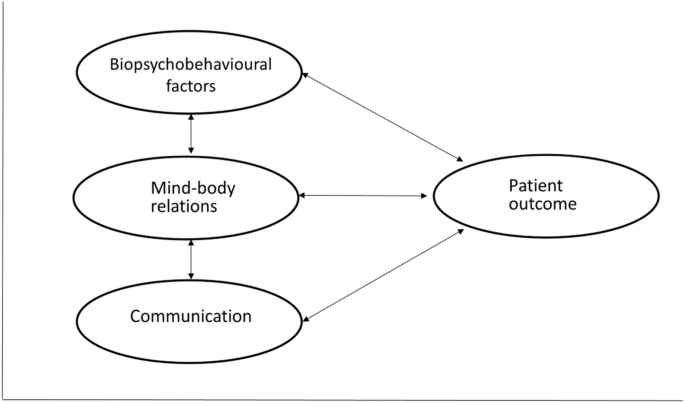Body Roundness Index May Support Tailored Obesity Management

Photo Credit: iStock.com/FluxFactory
The Body Roundness Index may help identify metabolically unhealthy obesity more accurately than BMI, especially in older adults and those with elevated HbA1c levels.
A new analysis1 presented at the American Diabetes Association 85th Scientific Sessions suggests that the Body Roundness Index (BRI), a novel anthropometric measure of body shape and fat distribution, may be a useful tool in distinguishing between metabolically healthy and unhealthy obesity.
Unlike BMI, which relies on height and weight, BRI can be used to estimate abdominal fat distribution, a factor linked to various health risks.
“It is widely recognized that body fat content cannot be characterized by BMI. For instance, among individuals with the same BMI, fat distribution and body composition varied dramatically,” wrote Xiaoqian Zhang, MD, and colleagues in a previous study unrelated to the meeting. “Besides weight and height, BRI additionally considers waist circumference, and hence it can more comprehensively reflect visceral fat distribution. BRI was found to be superior over other anthropometric indicators in estimating the risk for various clinical end points, including cardiometabolic disease, kidney disease, and cancer.”
For the study presented at the meeting, Junwei Guo and colleagues evaluated 3,150 adults with obesity (BMI ≥30 kg/m2) from the National Health and Nutrition Examination Survey, conducted from 2013 to 2020. They categorized participants as having metabolically healthy versus unhealthy obesity based on the presence of metabolic syndrome components. Using multivariable logistic regression and restricted cubic spline analysis, the researchers examined the association between BRI and metabolic health phenotype.
After adjusting for covariates, they found that higher BRI was associated with lower odds of metabolically healthy obesity (OR, 0.49; 95% CI, 0.80–0.98; P=0.026) and increased odds of metabolically unhealthy obesity (OR, 1.33; 95% CI, 1.02–1.25; P=0.026).
The researchers also noted a wave-shaped association between BRI and metabolic health phenotype. BRI values between 6.62 and 9.47 marked a transition zone, where the incidence of metabolically healthy obesity rose and the incidence of unhealthy obesity declined.
Subgroup analyses revealed consistent associations across most variables; however, age and HbA1c emerged as significant modifiers, specifically for older adults (≥65 years) and individuals with HbA1c levels of 6.5% and higher. Using mediation and sensitivity analyses, the researchers found that elevated HbA1c was negatively associated with metabolically healthy obesity, while age was positively associated with metabolically unhealthy obesity.
“Personalized health management programs can be tailored based on BRI levels, especially considering age and HbA1c levels,” the researchers concluded.
link






